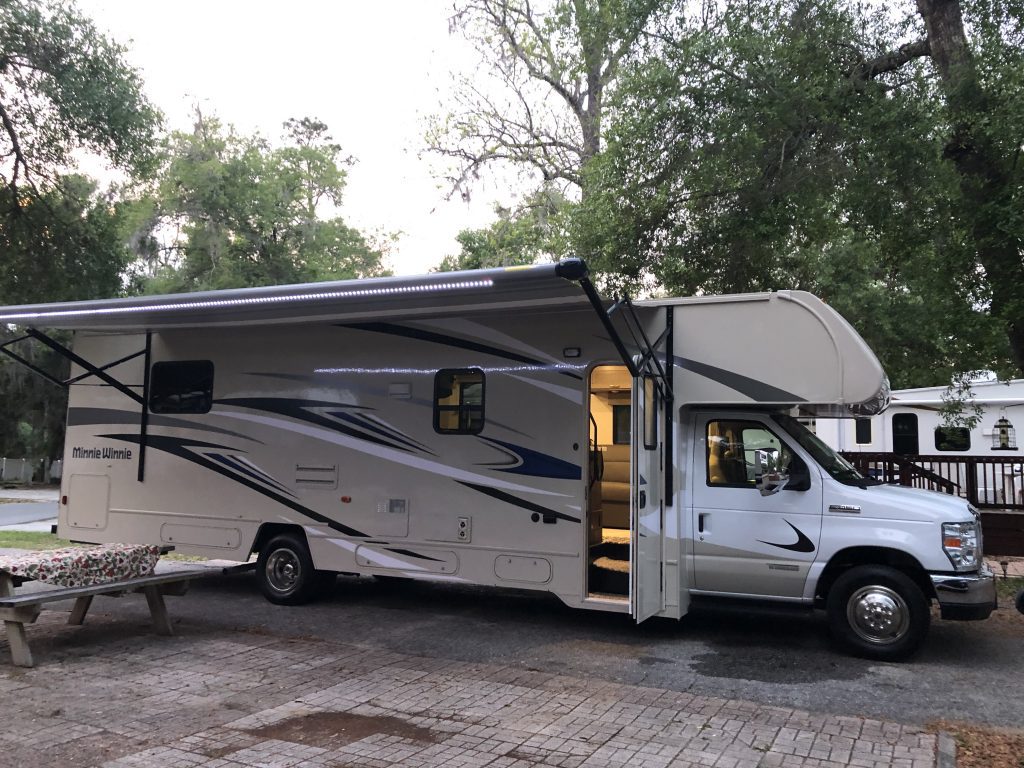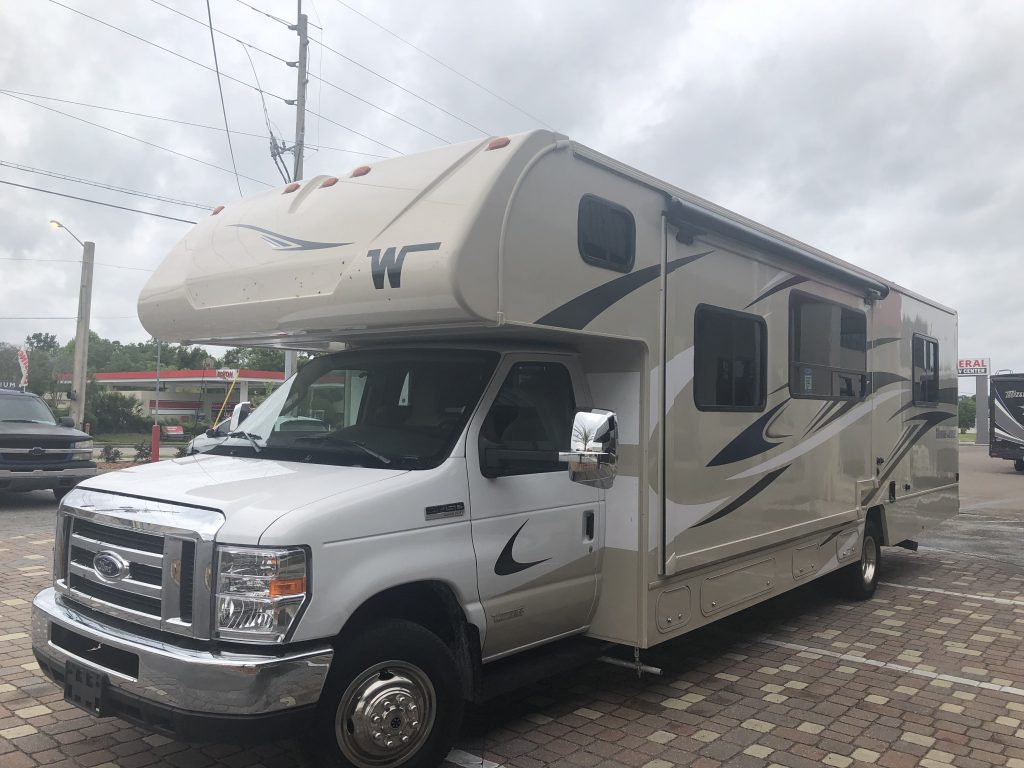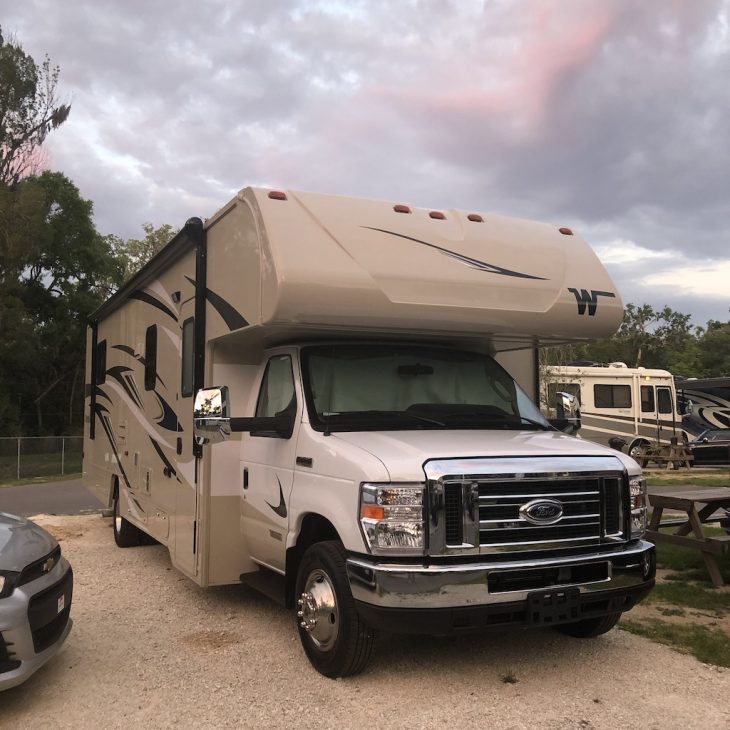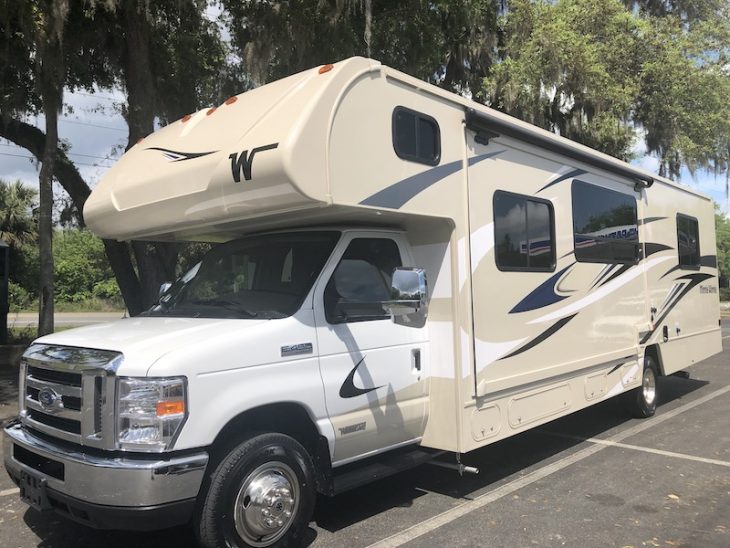Tips for Safe RV Travel: Preventing Accidents on the Road
This post and its photos may contain affiliate links, view our disclosure policy.
Driving an RV, whether it’s a travel trailer or a motorhome, can be a thrilling experience.
However, it’s a whole different ball game compared to driving a passenger car.
With an RV, you’re dealing with a lot more bulk and weight, which limits your control and precision on the road. RVs also have a host of driving techniques to consider. It takes time and practice to stay safe and feel confident behind the wheel.
As with any vehicle, RVs trigger unique laws after a crash.
If you have been in an RV accident, visit this website to get advice from competent legal aid who can guide you through the restitution process.

Tips for Safe RV Travel: Preventing Accidents on the Road
Don’t Overload Your RV
Every RV is built with a specific cargo-carrying capacity, which accounts for cargo, water, passengers, and every other item stored in the RV. When you regularly exceed the weight limits for your RV, you’re more likely to experience major malfunctions, putting yourself, your passengers, and other motorists at risk.
If your car isn’t designed for heavy-duty towing, the weight can make it extremely hard to build up speed, control your path, and even stop. Be sure to learn and follow your RV’s weight limits.
Get Used to Wide Turns
RVs add a ton of length to the usual vehicle, which requires extended, wide turns. It’s easy for a routine turn to end up in a disaster if you’re not cautious. Be sure to slow down before you can attempt to turn.
Give other motorists plenty of notice by turning on your blinker at least one minute ahead of your turn.
You also need to stay close to the center lane and keep your eyes on the rear-view mirror.
Drive Slow
Driving your RV at a lower speed improves the controllability of your rig.
Taking large bends, curves, and turns at a much slower speed will reduce the risk of tipping because of the RV’s high center of gravity.
RV experts recommend maintaining 63 mph and never going over 65 mph. You should also stay in the right lane to allow other drivers to pass you without issues.

Know Your RV’s Braking Power and Plan Accordingly
Because your RV carries more weight, slowing down will require more time than you’re used to. You will need to effectively plan out your actions beforehand so you can slow down or stop in time to avoid crashing into other road users.
When driving an RV, you want to stay at least 10 seconds behind another vehicle. Scan far down the road and slow down early.
Pay Attention to the Weather
Be sure to monitor the weather in your current location and along the path you are planning to travel. Weather conditions could potentially hamper an easy-going driving experience, so have a plan B in place.
Download a weather app and make use of it. If it’s raining or snowing hard, there’s thunder or lightning, or there are strong winds, find a safe space and pull over. Other weather conditions you should avoid include ice, fog, and hail.
Stay in Your Lane
On any road with two or more lanes, always drive in the right lane.
This gives you the best visual access from the driver’s side mirror and allows other road users to pass safely.
Some states have a slowpoke law where you can get a ticket for going below the speed limit if you aren’t in the right-hand lane.
Don’t Drive Distracted
Any non-driving activity that you take part in while operating your RV compromises your safety, as well as that of other road users.
Distracted driving is anything that takes your eyes off the road and the task at hand. Avoid activities such as using your cell phone, driving with a pet on your lap, or actively engaging your fellow travelers.
In the same vein, don’t drive when tired. If you’re feeling fatigued, pull over in a safe place and take a break for the night. You could also ask someone else to take over driving duties.

Adjust Your Mirrors
Good visibility in an RV is very important since you need more room to maneuver than most other motorists. Before you go anywhere, sit down in the driver’s seat and make sure all mirrors are correctly placed.
Final Thoughts
The golden rule for safe RV travel is to be more defensive than you would with a passenger car.
Lots of driving practice, cautious driving habits, and trip planning are the best ways to prevent accidents when driving an RV.








